Around Yarram (many images)
Today was intended to be a relatively quiet day as we have been rushing here and there for most of the last week (and have a big day planned for Saturday). The main item was the Yarram Art Trail.
Before getting there we swung in to the Alberton Historical Cemetery. A most interesting site with the graves in 2 areas: one lot - sorted by religion (branch of Christianity that is, no Jews, Moslems, Buddhist or Jedi Knight graves were noticed) - close to the road, the others about 600m away beside the Albert River. Reflecting on this, and the level of the River relative to the rainfall (none recently) and the tide (mangroves indicate tidal) I am surprised that quite a few of the graves are not flooded on a regular basis.
These headstones were in the first section. Looking at the timing of the deaths of the kids suggests epidemics of some sort in 1872 and 1874. However it doesn't appear to have been an official epidemic although they do note, contrary to the table, there were a lot of epidemics in the second half of the 19th century!
A few of the riverside graves. There seemed to be several new ones so perhaps people don't mind buying in a flood zone? Come to think of it, the whole town is pretty flat but I don't recall stories of it flooding.
An interesting grave in that both members of the family had war service. Also, it is the first time I have spotted the small tag from the "Office of Australian War Graves" - of which I had not previously heard - saying no alterations allowed without permission.
Art Trail
This one particularly intrigued me and is explained on the webpage which is well worth reading. In summary, the Mongolian man on the left was Chin Langtip a resident of the Yarram area (buried in the Alberton cemetery - wish I had known that while visiting the cemetery was possible) and 4 of his sons fought in the Battle of Beersheeba - and all returned to Australia! The mural was proposed by Chin Langtip's great grand-daughter who is a local resident.
Again worth reading the full story. An extract "“I was born 80 years ago in the Yarram hospital that sits over the road from the Yarram Mechanics Hall, and it was here that Ada sang to raise funds for Yarram’s first hospital. When I learned that she was born just down the road in Tarraville, how famous she was and her connection to the Titanic I thought I have to get involved and make this mural happen…and it had to be on the Mechanics Hall. I was very pleased when the Shire agreed to issue a permit for the mural.”
Eric Greenaway – Ada Crossley Mural Benefactor"
Other art
There are other murals around the town. This is in the Memorial Gardens near the "Thank You" mural.This is in a alley off the main drag. It was done by Year 9 students.
There are several works in chalk along the pavement in the main street. I hadn't followed this up until writing the blog post - "Too late" he cried! It seems many of the works have gone!
Other Yarram stuff
The old courthouse (and now Visitor Centre).
The war memorial in the main street.
The post office. Still functioning!
The Club Hotel: dates back to 1912 and has recently been refurbished.
I had never heard of the Union Bank of Australia: it was one of the banks which merged to form ANZ in 1951.
Won Wron
This is just a record shot of the open habitat.
On the way back to Yarram we saw this tortoise. He wouldn't put his neck out, but I moved him off the road anyway.
Our final site was to go to Mann Beach, to see what was there. A very small settlement with a few birds (including a Caspian Tern flying around with a small fish in its mouth. In the evening we went to the port at Port Albert to check the birds on the mud flats with a rising tide. Pretty good collection.
There were about 200 Bar-tailed Godwits, some of them moving in to breeding plumage.
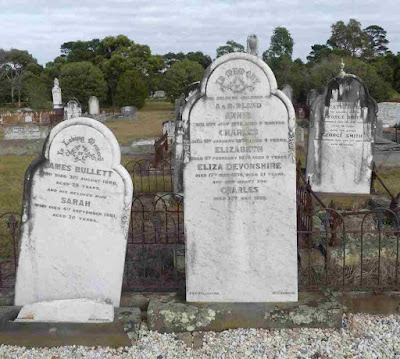











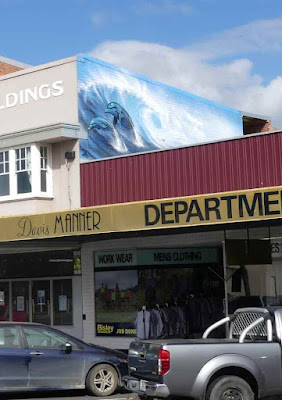

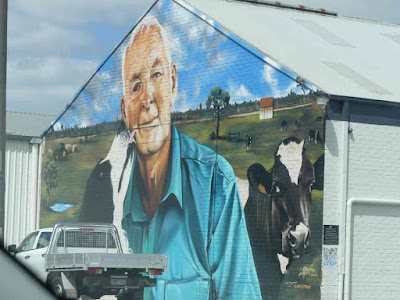





















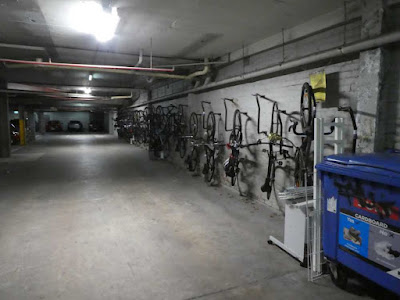

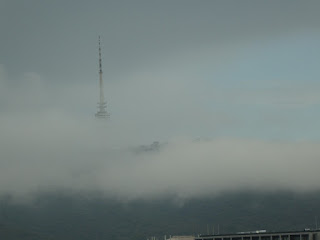
Comments
Post a Comment